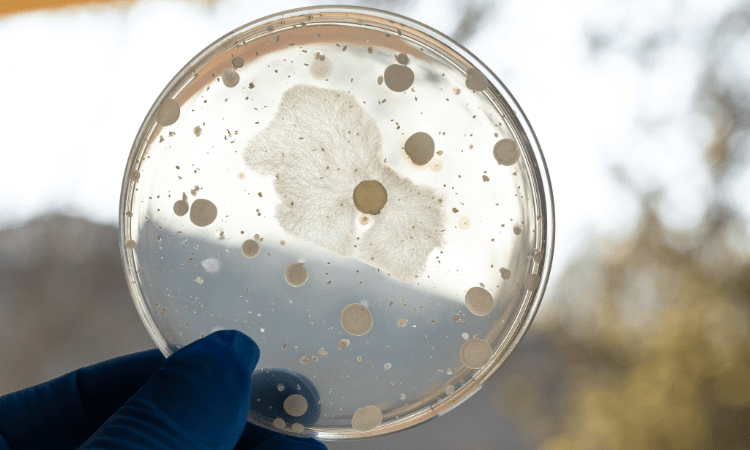
BLOG
KATEGORİDEKİ DİĞER YAZILAR

Bacterial culture is the process of controlled growth of bacteria in a laboratory environment for the identification of microorganisms, understanding their properties and performing various analyses. Bacterial analysis is needed in different fields such as clinical, food, environmental and biotechnology.
Bacterial culture is the reproduction of bacteria on special media. Bacteria grown in the laboratory are subjected to various tests to determine their properties and behavior. The media used in this process must have conditions such as nutrients, temperature, pH and humidity that mimic the natural habitat of the bacteria. Propagated bacteria are used for microbial analysis and are important in many fields, from the identification of disease agents to food safety.
Microbial analysis and identification procedures are performed on bacteria grown in the laboratory. These analyses and identifications are important for the correct identification of bacterial species and understanding their characteristics. Here are the main methods used in this process:
The first step in microbial identification is usually microscopic examination. This method provides information on the basic morphological characteristics of the bacteria, such as shape, arrangement and motility.
Gram staining allows bacteria to be classified according to their cell wall structure. The two different groups, Gram-positive and Gram-negative, stain with different stains due to differences in their cell wall structure.
Various media are used to grow bacteria in the laboratory. The media vary according to the type of bacteria and some species can only grow on specialized media.
A wide range of biochemical tests are used to identify bacteria based on their enzymatic activity and metabolic characteristics.
These tests provide information about the metabolic profile of bacteria and help to differentiate between species.
Molecular biology methods are preferred, especially in situations that require speed and high precision. It is done by analyzing genetic material (DNA or RNA).
Determining the susceptibility of bacteria to antibiotics is important for planning treatment options.
These tests ensure the correct choice of antibiotic for treatment and are important for monitoring resistant bacterial strains.
Modern microbiology laboratories use automated systems to achieve fast and reliable results. These systems automate biochemical testing, molecular analysis and antibiotic susceptibility testing.
Automated systems save time and reduce human error, delivering highly accurate results.
Nano-lab Laboratories Group continues to provide services within the scope of Laboratory Microbiology Studies. We also provide services on Enterobacter sakazakii (Cronobacter spp.) Search in Foods.
Contact us for more information.
You can follow us on LinkedIn for up-to-date news and posts about our services.
Follow our Instagram account to be informed about our latest blog posts.